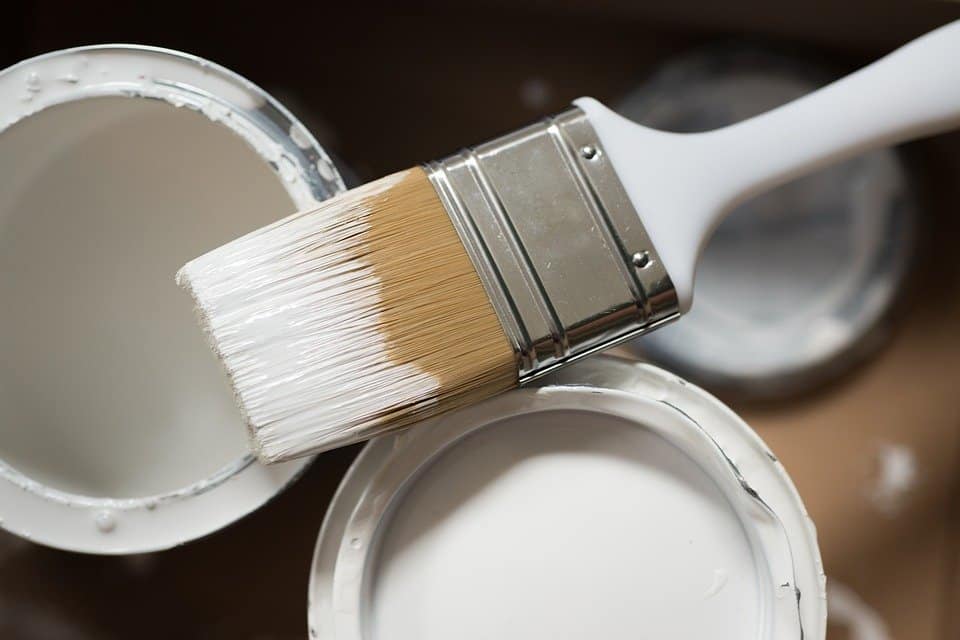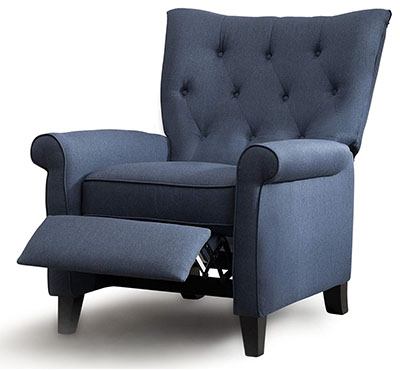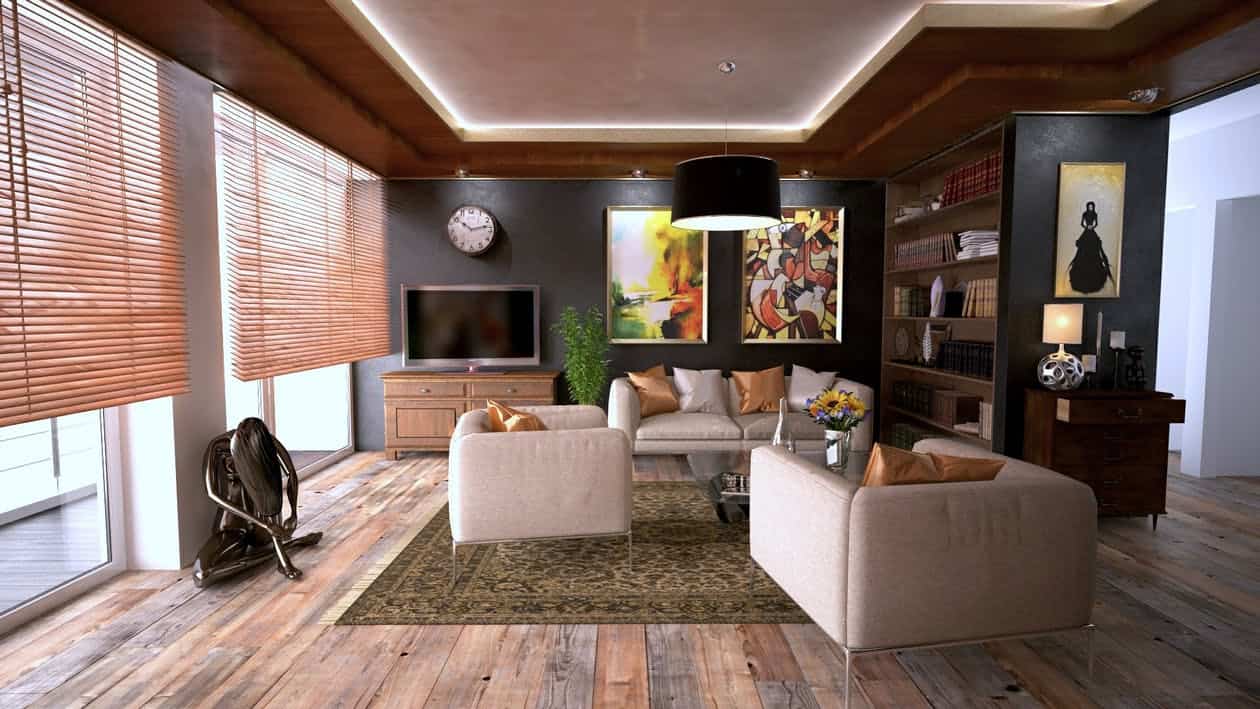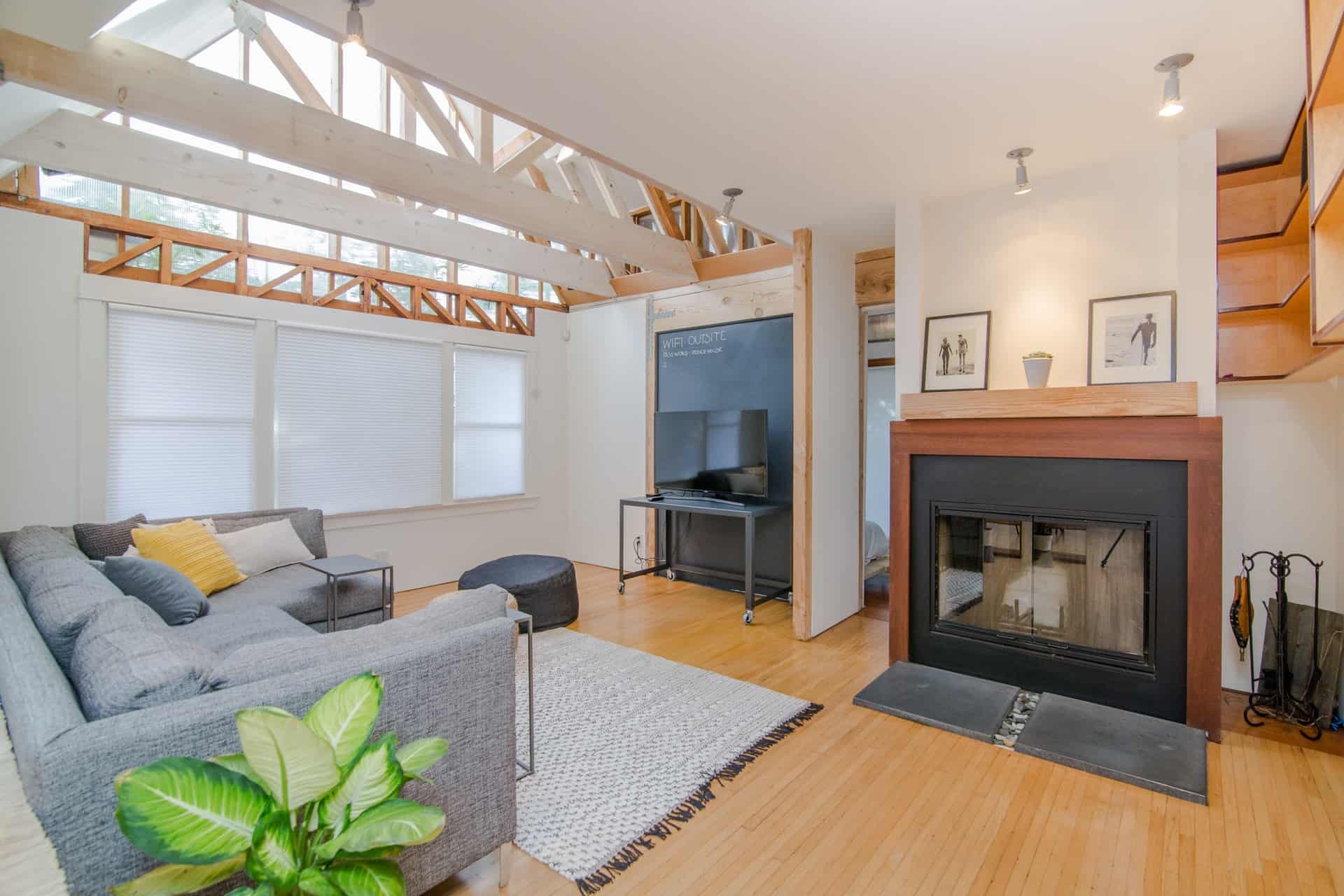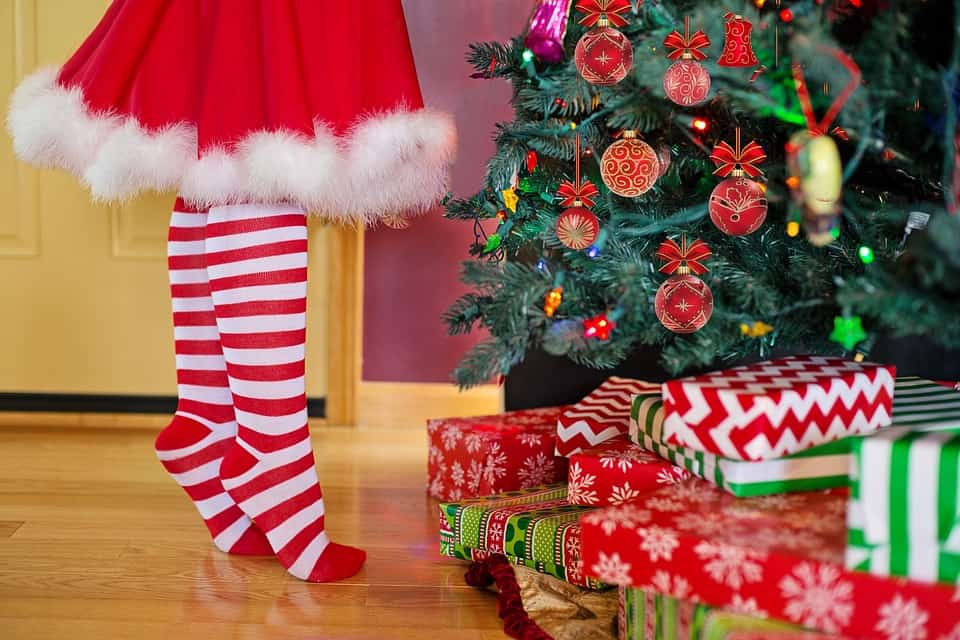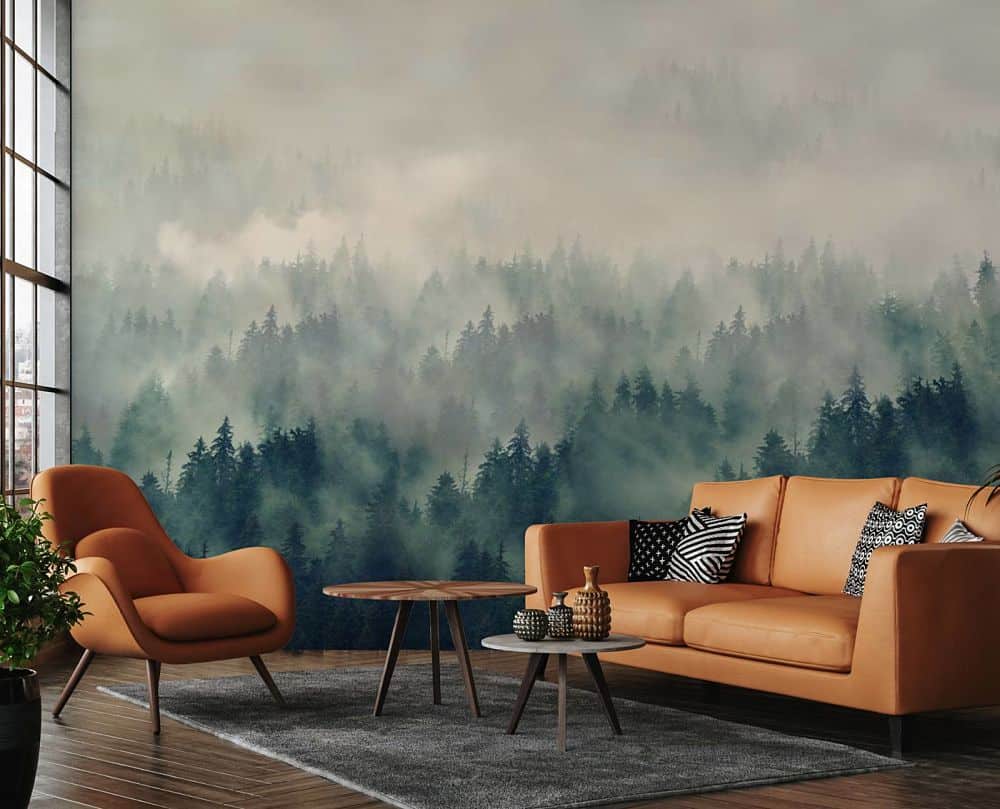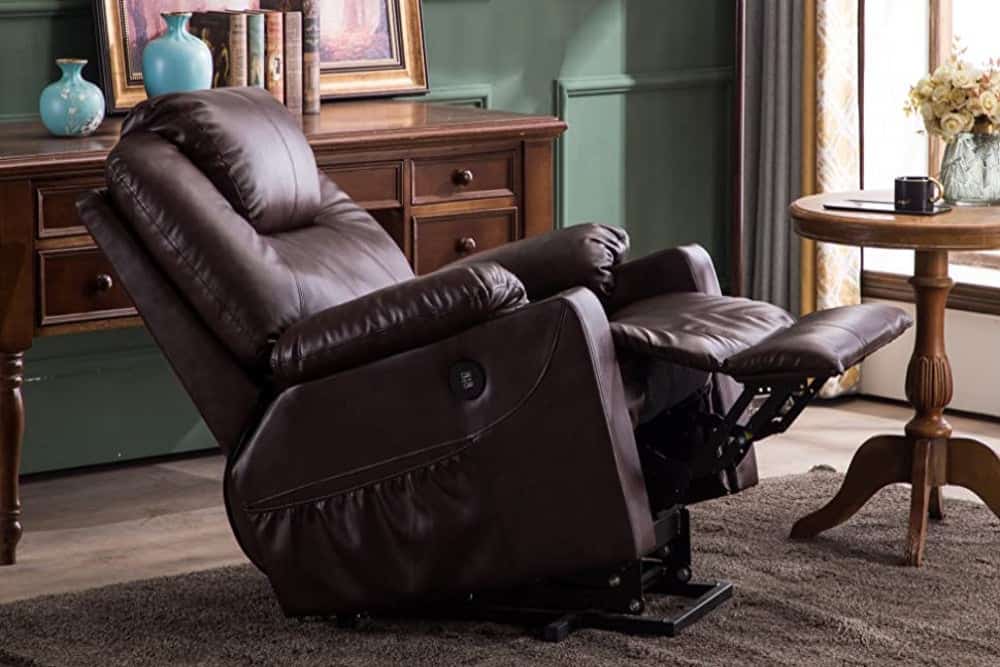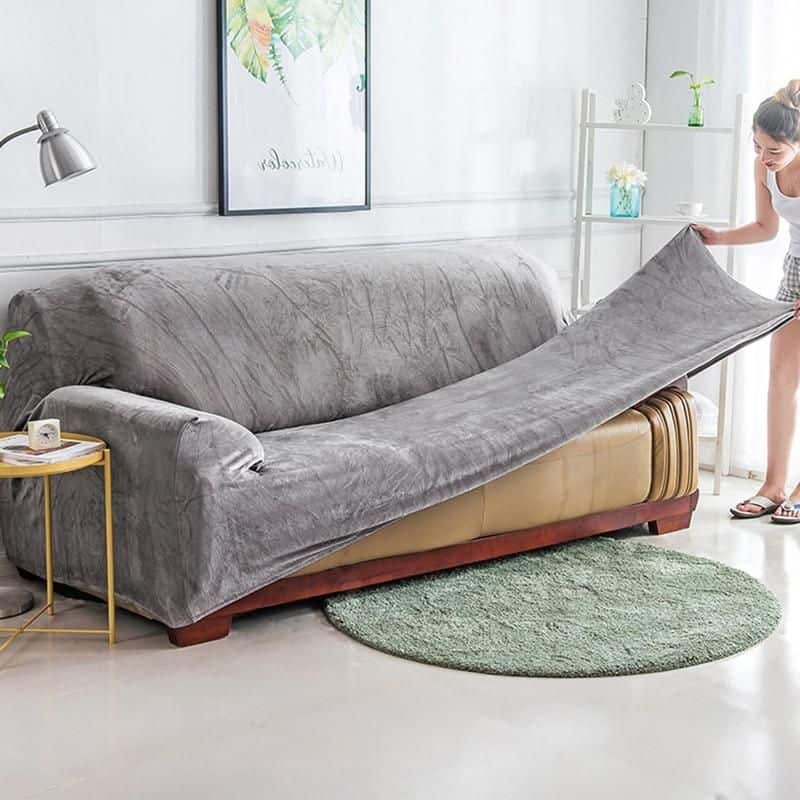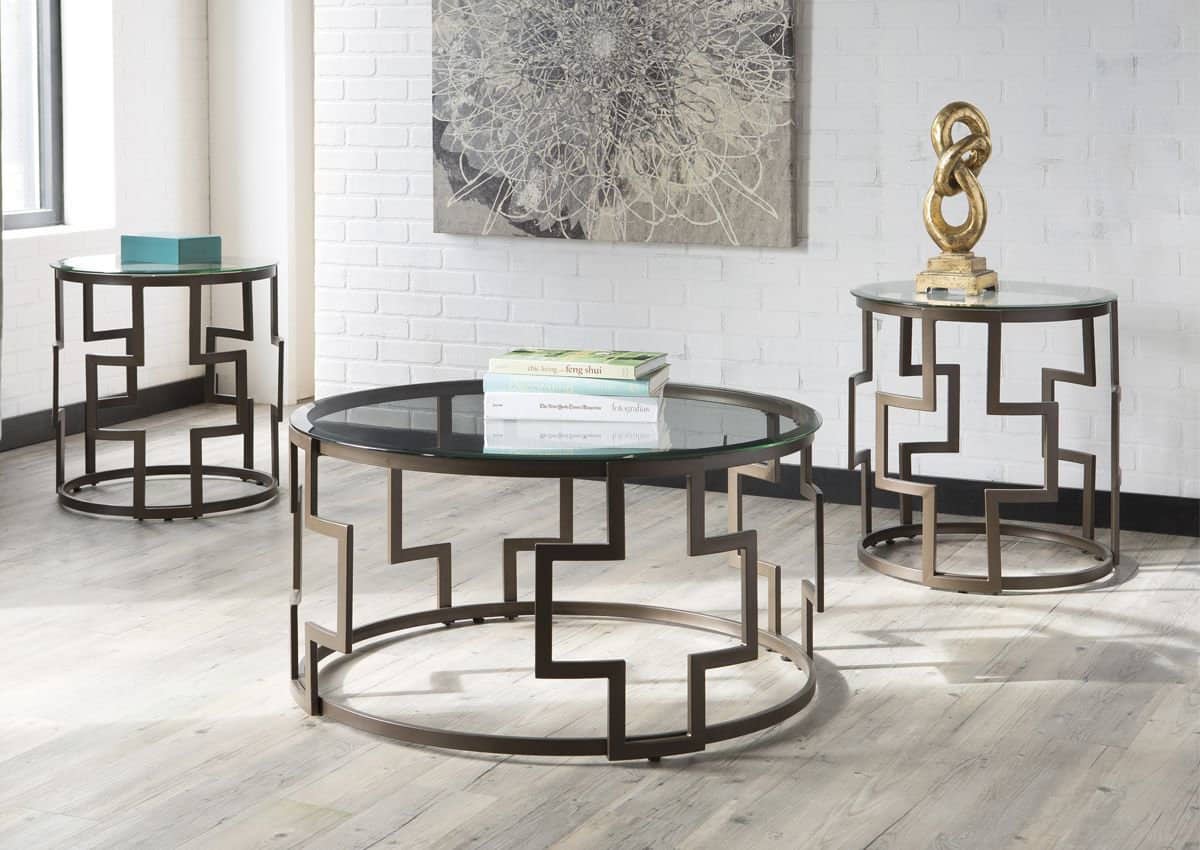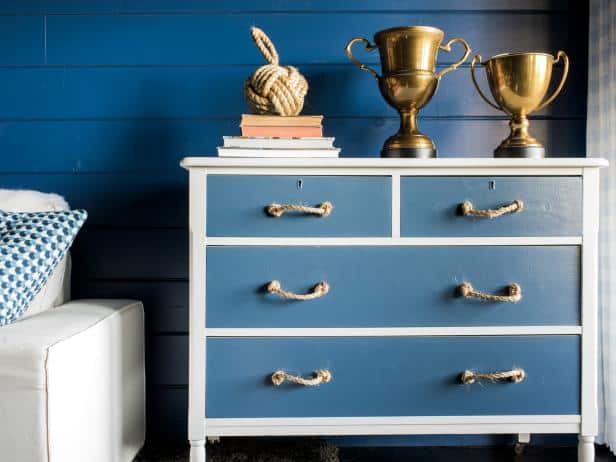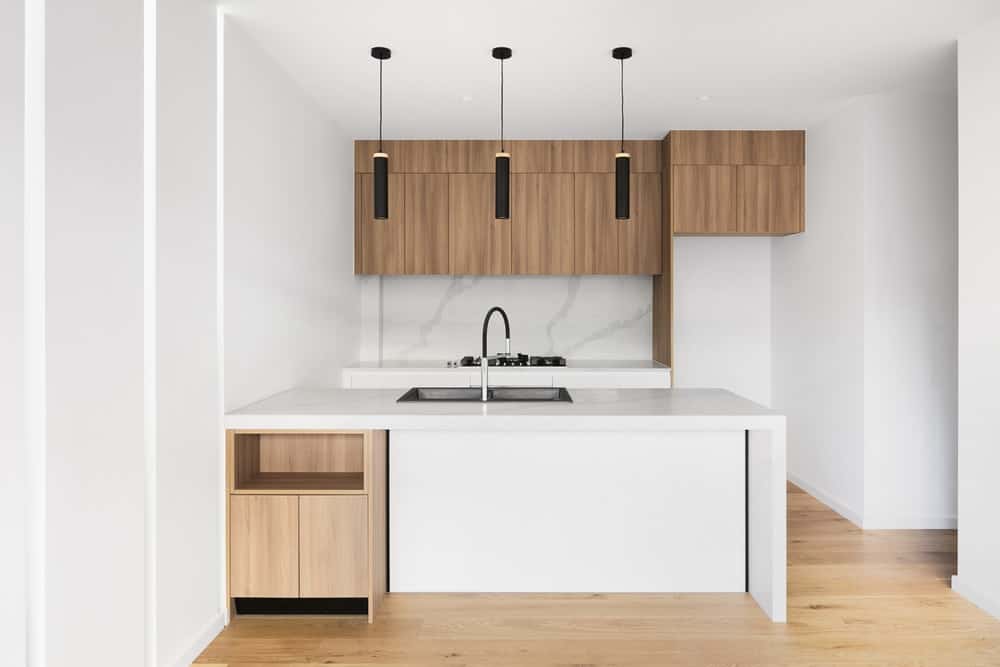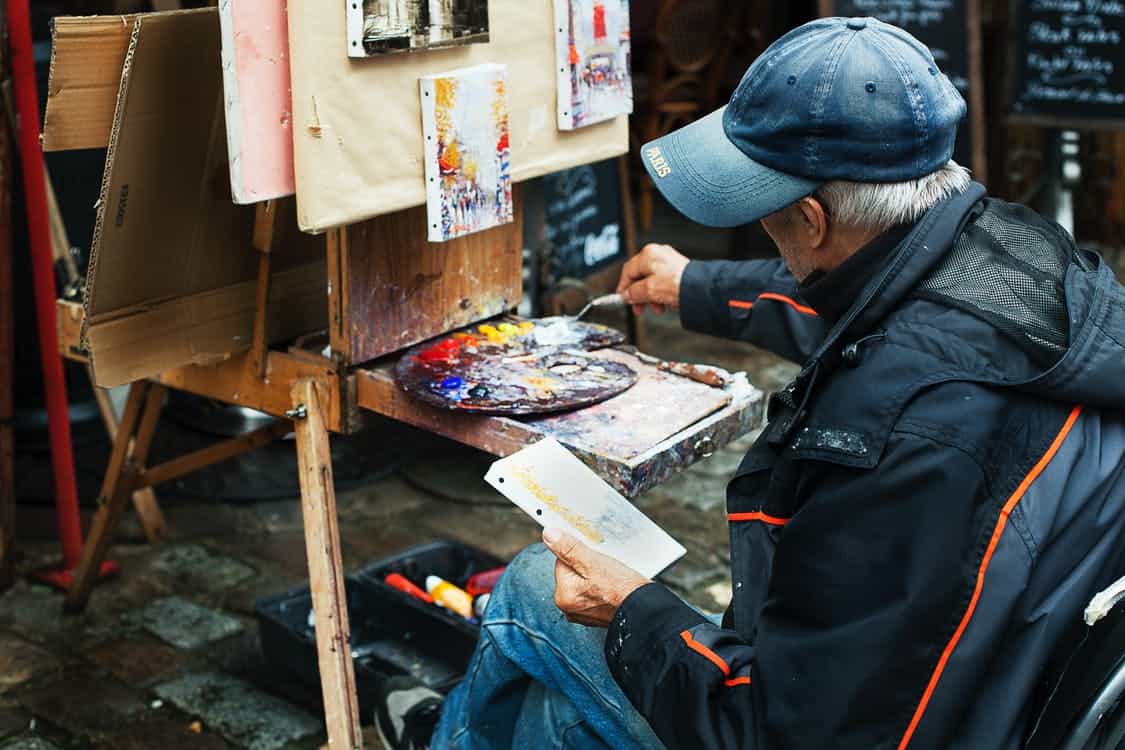Is your kitchen cabinets getting rundown and boring? Maybe just give them a fresh coat of paint and they’re all good as new. With the incredible price of replacing cabinets, it’s no wonder that a more economical method of buffing up your cabinets would be paint. The problem here is not so much that everyone is asking the question: Which is the best paint for kitchen cabinets?
The simple answer is that you really need a hardy paint that will survive the constant banging and touching your cabinets see. As cancer and other diseases related to toxicity continue rising there is an urgent need for more environment safe paint, free of volatile organic compounds. You’ll need a paint that can do nothing but be used on wood cabinets or at least considered to make wood cabinets.
Alright, so that’s put to rest, now let’s see the best paint for kitchen cabinets from which you can always build rock-hard, smooth as butter, beautiful surfaces.
1. Benjamin Moore Advance- The Best Water-based Alkyd Paint
- The ultimate acrylic cabinet paint for a “factory-like”...
- Delivers an ultra smooth, durable finish.
- Super adhesion to hard-to-coat surfaces without primer.
- Durable satin cabinet finish that resists chipping, scuffing,...
- 350 - 450 square foot coverage per gallon.
Alkyd paint is basically oil paint suspended in a water base. This is a favorite of many homeowners and professional painters mainly due to all the good properties of oil based paint without the bad. What do we mean? Alkyd paints are easy to apply and level well and the finish is a tough, beautiful finish. A plus is that the paint doesn’t smell bad, and it’s easy to clean with those of soap and water.
If you’re looking for waterborne alkyd that will give you a beautiful finish that’s going to last like your traditional oil paint — without poisoning your family with VOCs, then Benjamin Moore Advance Waterborne Alkyd Paint is my hands down best. You have a choice of finishes: matte, satin, high gloss, semi gloss. If you are looking for cabinets then we would suggest the satin finish look with the luster of it and hiding of flaws as well as fingerprints.
This paint requires a bit of prep time to give you the right finish. Sanding first goes a long way before painting, although you can scratch your way to get away with just primer before the paint job. It's not to say that you won’t regret the time you spend prepping the surface because in fact, you don’t need to apply a topcoat.
Pros:
Cons:
2. DecoArt Satin Enamels- Best Satin Enamel
- Smooth Brushability
- Minimizes grain raising on wood
- Non-Toxic
- Water-Based
- Made in the USA
Whatever you use to apply DecorArt satin enamal paint – brush or spray – it doesn’t drip or smudge. When it dries, there’s no place for things to stick or stain on your cabinets’ smooth slick surface. Also, this particular paint promises you long lasting results and you can easily clean the cabinets without removing paint.
Pros:
Cons:
3. Heirloom ALL-IN-ONE Paint, Heathered Gray
- ALL-IN-ONE Paint - NO Sanding, NO Priming, NO Top Coat Required
- Low Luster, Velvet Sheen Finish
- Interior/Exterior - Paint your whole house - Ideal for hard...
- Durable yet stretches to paint smooth fabrics, vinyl and leather
- Results cannot be guaranteed. Digital screens may not show color...
Pros:
Cons:
4. Sherwin-Williams Emerald Urethane Trim Enamel- Best Water-based Paint
- Prestige Paints has created a comparable color based on color...
- This Sherwin Williams paint color name is a trademark of Sherwin...
- Smooth Application ideal for living rooms, family rooms, media...
- 100% Acrylic latex paint for easy soap and water clean-up
- Low VOC: less than 5 g/l prior to tinting
The benefits of water-based paint are clear; they are easy to apply, odor-free dries much faster and incredibly easy to clean. Water based paint has the advantage you can clearly see; they are easy to apply, they do not emit an odor, dry so damn fast and so easy to clean. Today water based paint lives up to its perform today; water based paint offers that elastic, flexible finish that is not prone to peeling and yellowing.
One of Sherwin-Williams newest formulation is Sherwin-Williams Emerald Urethane Trim Enamel, which is a quality water based enamel. It lends a hard and durable finish, which stands up to wear and tear, and which can be cleaned often.Professional painters highly recommend Sherwin Williams water based paint for cabinets because you only need a few coats.
Pros:
Cons:
5. Nuvo Cabinet Paint- Best White Paint
- Nuvo is a D.I.Y. one-weekend cabinet makeover process that does...
- One quart can covers approximately 50 square feet (20 linear...
- Titanium Infusion is an ultra white, satin finish cabinet paint
- Water-Based Acrylic Paint, Safe, Low on Odor, and VOCs.
As a DIY project fan looking to transform your cabinets, the Nuvo Cabinet Paint should be your number one choice. This water based acrylic paint is very specifically to paint the cabinets and it's much affordable compared to most of the other paints. This paint with a few coats will make your walls have the look of being professionally painted with out breaking the bank.
You do not need to prime the cabinets to get a good paint job however the Nuvo Cabinet Paint comes with primer in it so you don’t have to sand the cabinets to get a good paint job. A titanium infusion also adds another plus to the list: one of the best paint for kitchen cabinets — a satin finish which is as white as it gets. It’s as safe as can be expected for any water based paint; no foul odor, easy to use, low on VOCs.
Pros:
Cons:
The Best Method for Painting Kitchen Cabinets
1. Prepare the surface
Even with the best paint for kitchen cabinets in your hands, prepping is still the most crucial aspect of the paint job. Prepping, in this case, doesn't always mean sanding and priming, but also removing dust and grime on the surface. Kitchen cabinets are covered with grease, soot, and dust, which is the perfect recipe for peeling and a blotched paint job. Before you open that can of paint, do yourself a favor and wipe clean every corner of that cabinet with warm soapy water, making sure to get the crevices as well. Whether you need to sand the surface or not depends on how it looks and the type of paint you will use.
2. Label and remove accessories
Most people skip this part to save time, but it's absolutely essential. Remove knobs and handles from the cabinet doors and cover the hinges. Before doing that, you also need to carefully tape over the countertops and fill in any holes and imperfections and paint. Make sure you label every part as you take it off because it'll have to be attached back in later.
3. Prime, prime, prime
Yes, priming is the secret to seamless, long-lasting results. A primer doesn’t only help get a nice perfect finish, but it also serves as a gap to apply it if one is going from a darker to a lighter or the other way around. Using the best paint for kitchen cabinets is still not enough if they still don’t look professional without a primer. Also, most of the primers dry up pretty fast so you can add an extender so you don't smudge while you cover the whole surface.
4. Always go for the gloss
You have future freedom as to what kind of finish you can have in other parts of your house, but the best paint for kitchen cabinets is always glossy. The higher gloss finish is less prone to dul and chip up over time with all the banging and cleaning cabinet doors go through. So, it is also easy to wipe gloss off regularly once grease and dust start appearing on the cabinets. If you are looking to matte, eggshell and flat finishes, you could keep them on the inside of the cabinets.
5. Give enough time for drying
They don’t dry up quite as fast as they do so many walls, so what many people don’t know about painting cabinets. That means you will probably have to wait longer between coats and for them to dry afterwards too. If you are using water based paint 24 hours may be long enough, such as it is not too cold. For oil based paint and alkyd, more than that may be required to be rock hard and not smudge the minute you touch them. As a safety precaution, you might want to just skip touching the cabinets for a week and let them cure in peace.
Frequently Asked Questions about Painting Cabinets
1. What is the best paint for cabinets?
If offered the choice between oil paint and latex, you’ll always pick latex. The other dries faster, and is very safe from volatile organic compounds. Additionally, water based paints will not yellow – which tends to be important if you are painting your cabinets white. In sheen terms, always choose gloss, semi gloss, or satin. This will give you a surface that’s hip, easy to wipe and looks good.
2. Is there a special paint for kitchen cabinets?
Yes. You can use any high quality paint to re paint your kitchen cabinets but there are special cabinet paints for this purpose. There is one type of paint which is especially developed for cabinets, designers name it Nuvo Cabinet Paint and even has added features like titanium infusion so that your cabinet doors look more attractive.
3. What do professionals use to paint kitchen cabinets?
If you have tried a DIY paint job, you may have noticed some dead giveaways that say you are not a professional. There are brush strokes, streaks and outright marks left by roller marks. If you want to paint like the professionals in your own cabinets, you must know what the best paint is for kitchen cabinets, and how to use it to get the best finish possible.
First, professionals never leave doors or drawers where they work on them, it is too dangerous. Second, they sand, prime any weaknesses on the surface, and finish. They primed again after that, and then using a sprayer (i.e., no roller, or no brush), they manage to basically spray the paint on the cabinets smoothly without touching them.

